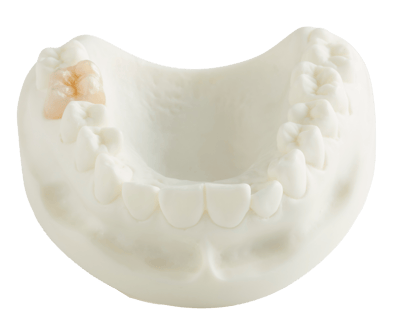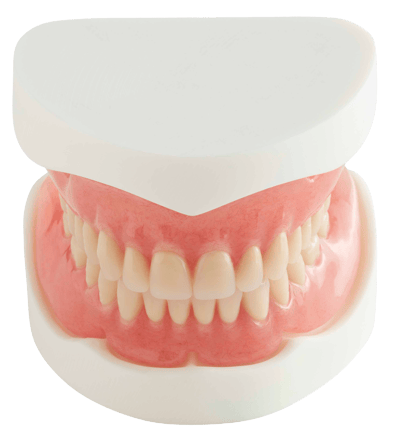Background
The Penn Composite Stent™ is a treatment technique following the principles of Minimal Intervention Dentistry
Minimal Intervention Dentistry aims to provide treatment options with minimal loss of natural teeth ie. at minimal biological cost (Penn Composite Stent™)

Approach
The dentist initially contacted SCD Technical team advising of a treatment plan for a full mouth rehab. They advised of their interest in Penn Composite Stent™ for 8 upper teeth and 4 lower teeth. The treatment would involve opening the bite and also 3 crowns and 4 direct composites, and the dentist had articulated study models. They were interested in knowing what the next steps would be following this discussion.
After advice with the SCD Technical Team, it was determined the plan would be as followed:
- Diagnostic wax up for full mouth rehab – opening the bite 3-4mm – planning that there will be 20 teeth to build up when we open the bite, with 3 indirect crowns (tooth 15,26,47) and 17 direct composites – 5 of those will be placed freehand (teeth 16,27,34,44,45) and 12 with a stent.
- 2 x suck down for a temporary direct resin overlay.
- 2 x Penn Composite Stent™ (Penn Stent) for 8 upper teeth (13-25) and 4 lower teeth (3242) to replace the direct overlay in sections.
- Maxillary occlusal splint to protect the teeth at the end of reconstruction.
For the full case study, download the document above.



